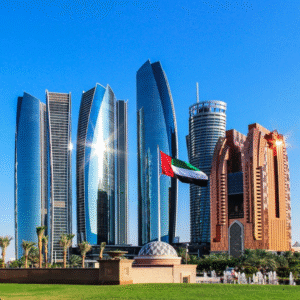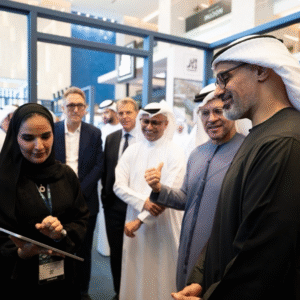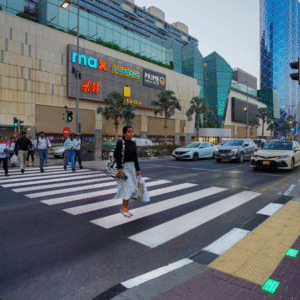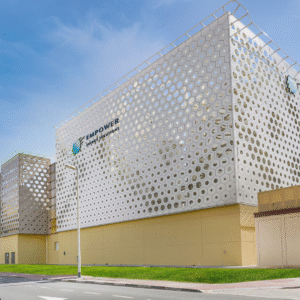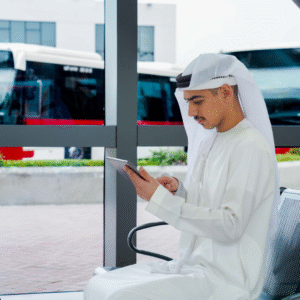Dubai is stepping up its pedestrian game—literally—with the Roads and Transport Authority (RTA) completing Phase Two of its Smart Pedestrian Signal Expansion Project. With the addition of 10 new smart signal installations, a total of 27 intersections across the city are now equipped with cutting-edge pedestrian technology, designed to make walking safer and traffic smarter.
This move is more than just installing a few lights. It’s part of Dubai’s broader vision for smart, sustainable urban mobility, where every journey—whether by car, foot, or scooter—is seamless, efficient, and above all, safe. The smart signals use sensor-based and AI-driven systems that detect pedestrian movement in real-time. Whether someone is rushing across the street or needs extra time to cross, the system adjusts signal timings dynamically, ensuring smoother coordination between vehicles and walkers.
In Phase One, 17 intersections were equipped with these intelligent signals, dramatically improving the walkability in several high-footfall zones. Now, with 10 more locations added in Phase Two, the city is expanding its commitment to pedestrian-first infrastructure, enhancing safety, particularly for the elderly, people of determination, and families with children.
These signals are part of a larger smart mobility ecosystem in Dubai, which includes AI-enabled traffic monitoring, autonomous shuttles, and real-time route optimization tools. It’s all geared toward one goal: zero road fatalities and friction-free commuting.
What makes these signals even more impactful is how they blend technology with human-centered design. They respond to actual pedestrian presence rather than rigid timers, reducing unnecessary wait times and optimizing vehicle flow. This ensures not only safety but also traffic decongestion, especially in busy urban areas.
RTA’s proactive approach is a strong message to the world: pedestrian safety is no afterthought—it’s a core pillar of city planning.


